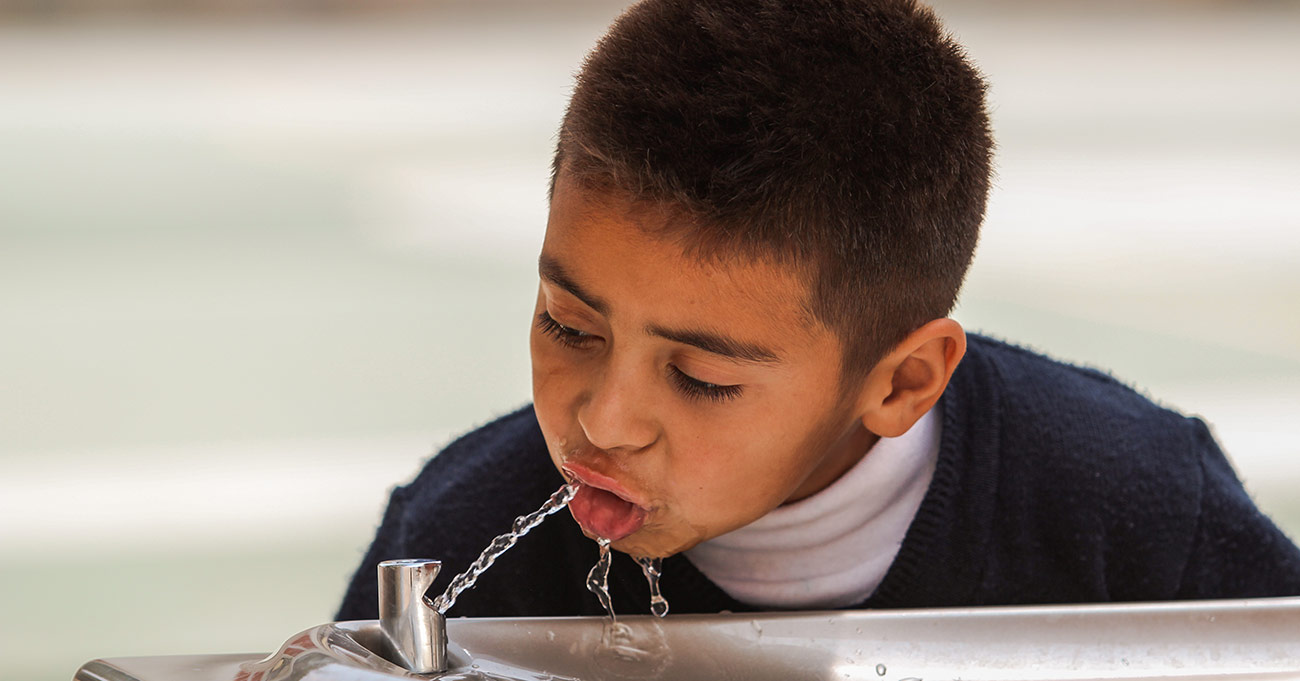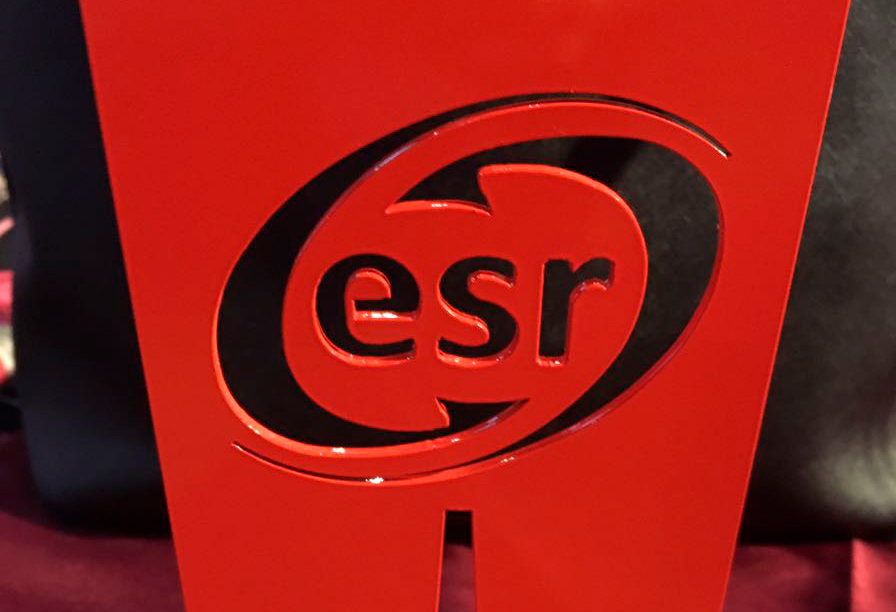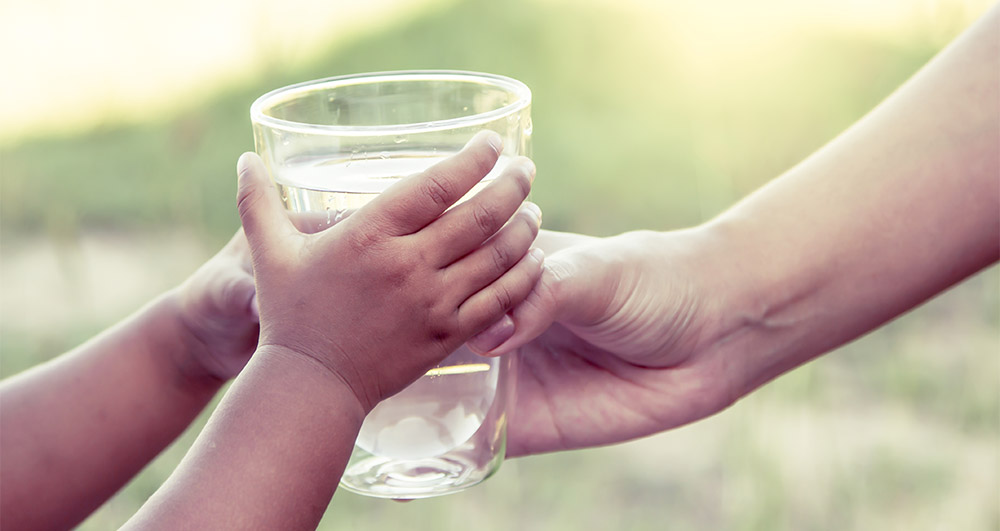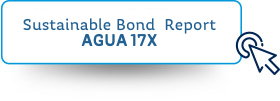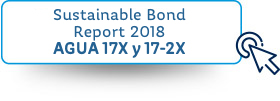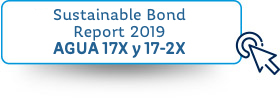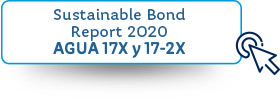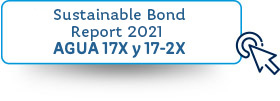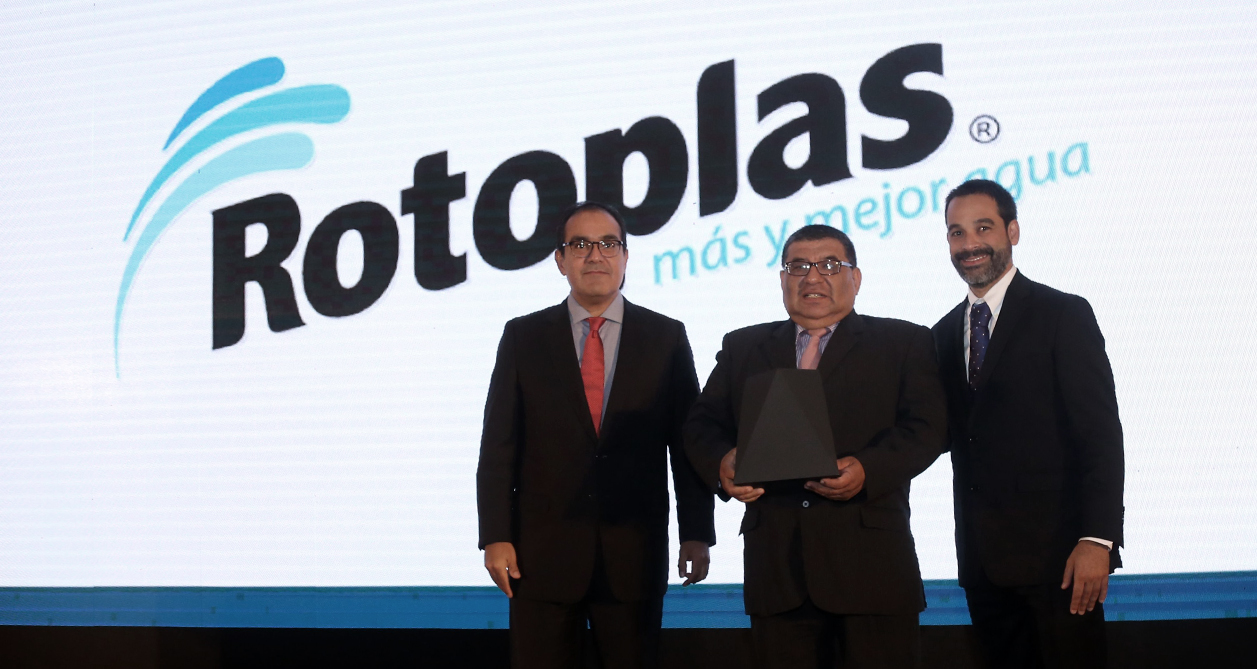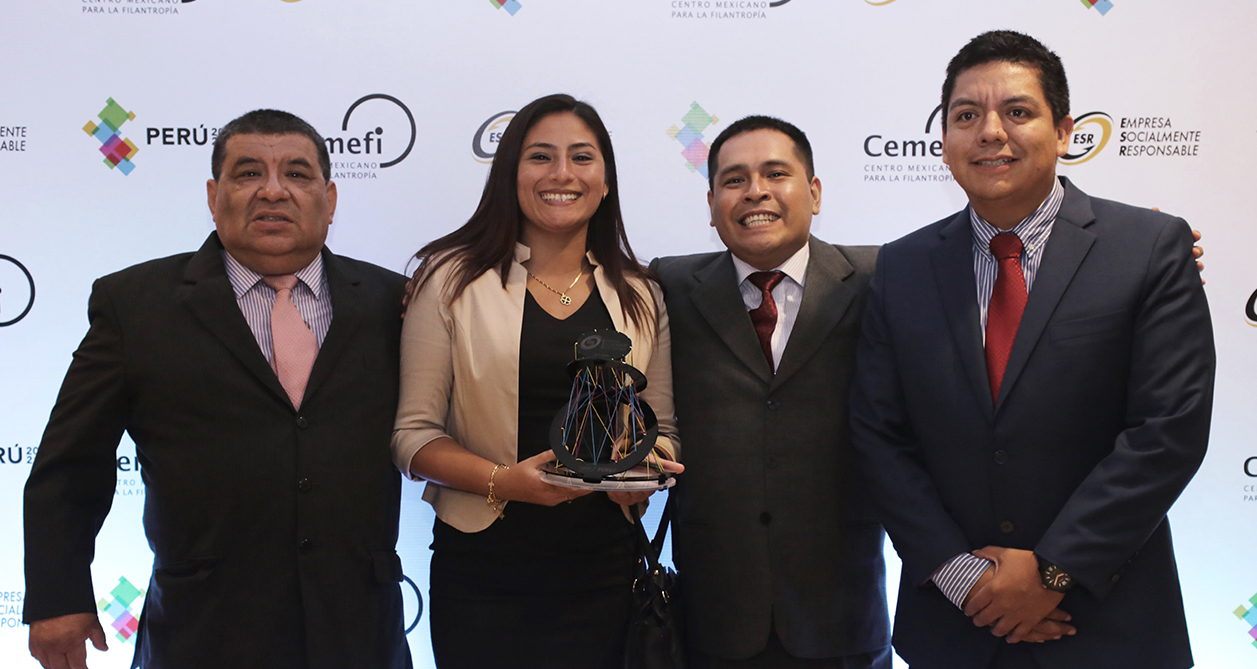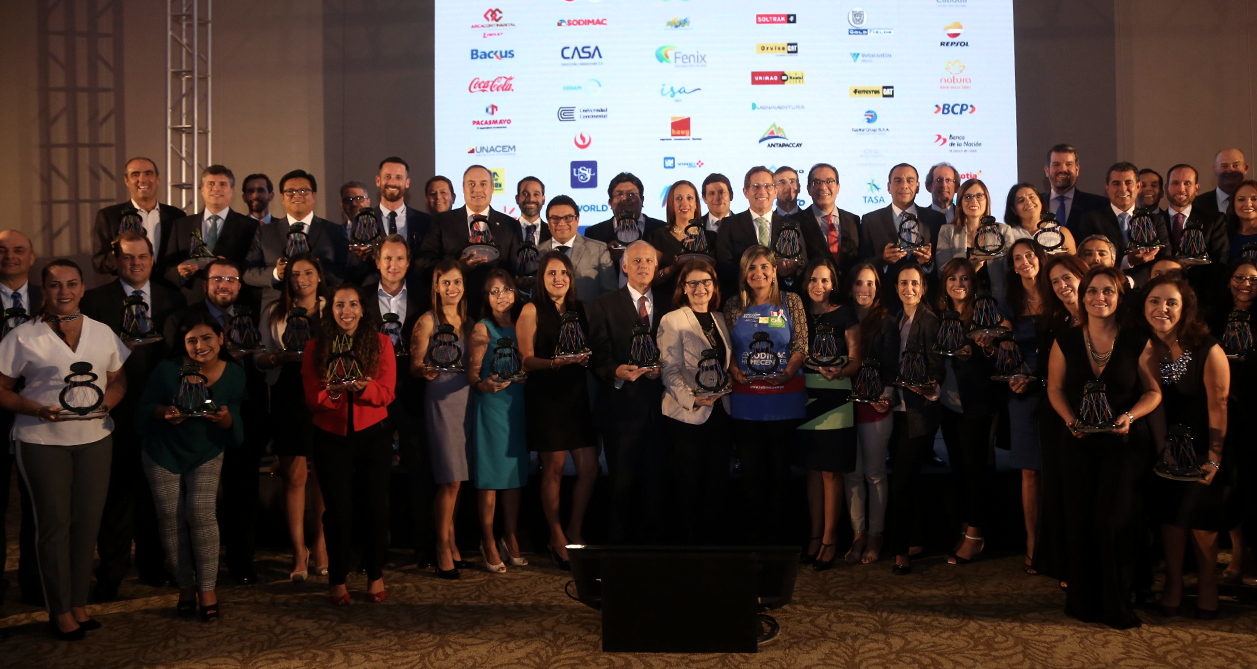| Through water harvesting and rural sanitation projects, we improve people’s life conditions and the environment where they live. |
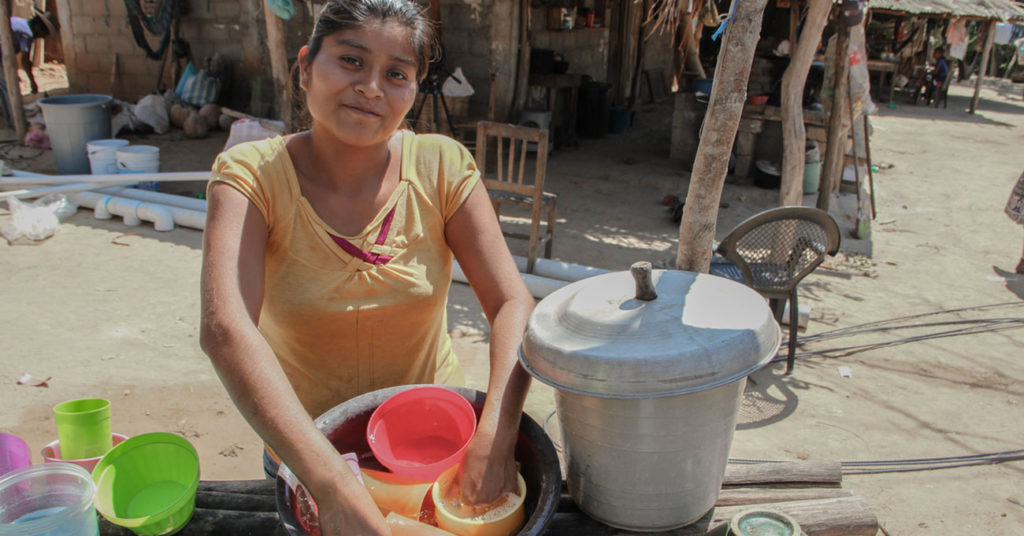
Every day in Latin America, around 35 million people face the challenge of not having access to water in their households. Many of them must make long trips to a well, river or a body of water to fill some containers with the vital liquid which in most cases it’s contaminated. Likewise, 117 million don’t have access to decent sanitation services. These problems don’t belong only to rural communities.Big cities of Mexico and Latin America also present water access and management challenges and sanitation.
Beyond a statistic, the lack of water and a sewer system translate in serious problems. A family that doesn’t have these services is more prone to suffer gastrointestinal, respiratory and infectious diseases episodes. Because of health deterioration, family members tend to miss their work or school activities with more frequency, affecting their current and future income.
Governmental, civil and international institutions that seek to solve this problem, deal with high costs to develop the traditional infrastructure. It’s not easy nor cheap building piped water infrastructure and a sanitation pipe that reach the last house in the mountain.

This situation worries us in Rotoplas. Being present in Latin America, we observe that these deficiencies persist in the region. Seeking to collaborate in solving this problematic, that is also declared in the 6th Sustainable Development Goal,we had the idea of takin advantage of the rain to provide water and create a sanitation system that didn’t depend on traditional sanitation.
Therefore, we design and implement projects through systems that collects, storage and purify rainwater, to later use part of this water to provide an option for decent sanitation. This way, we create alliances with different actors in several countries of the region, installing, between water harvesting and wet bath, more than 340,000 systems that helps more than 1.3 million people in Latin America. We invite you to learn more about this solution by clicking the video. If you want to know about other projects and results, visit our 2016 Integrated Annual Report.




